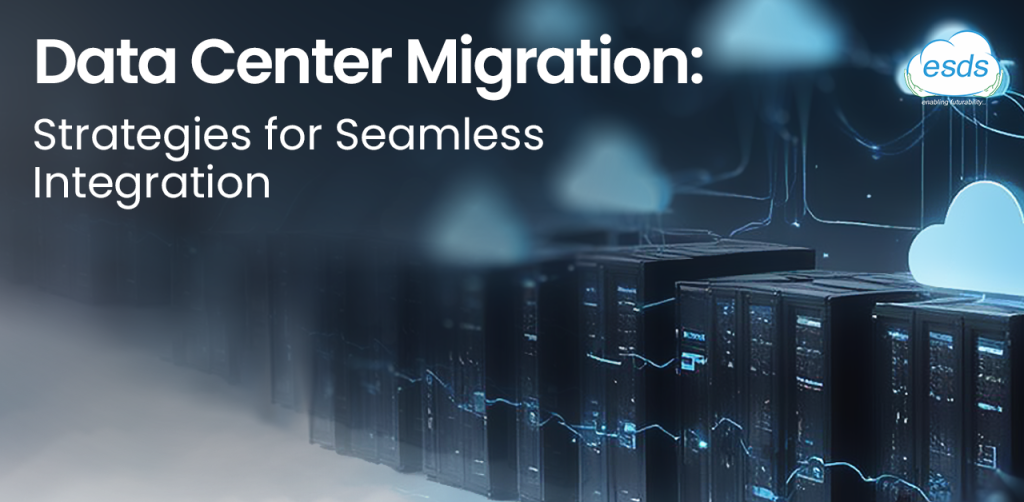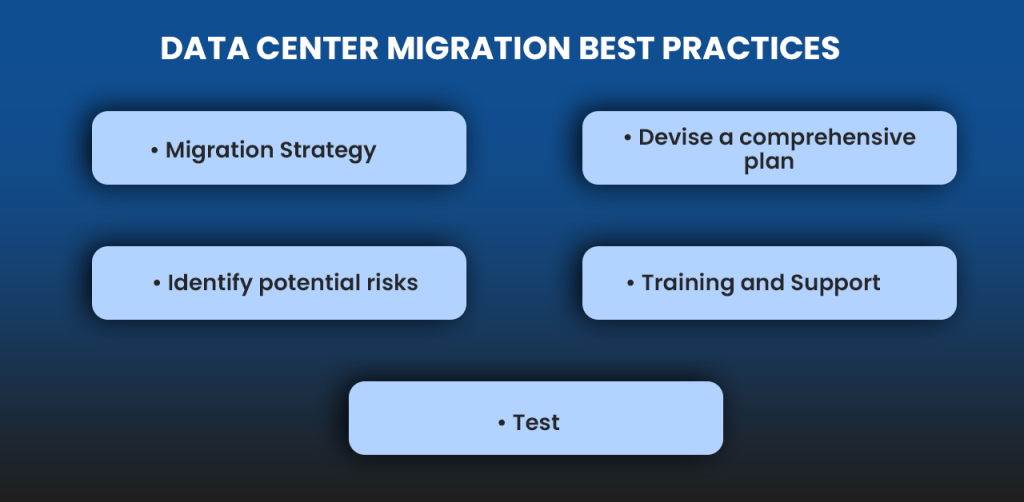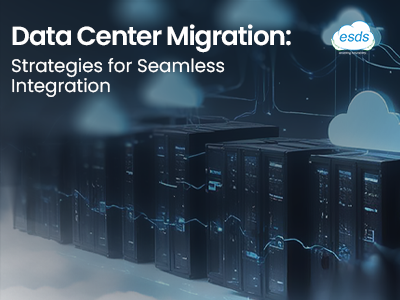Data Center Migration: Strategies for Seamless Integration

As businesses grow, there is a need for supporting IT infrastructure. This is more relevant with data centers on-premises, as a massive investment in hardware and its regular maintenance is required to cope with the increasing demands for computing power, storage, etc. However, these problems can be easily solved by migrating to a colocation provider, which provides an affordable, manageable solution for a growing business.
Data center consolidation or relocation involves shifting IT infrastructure from an in-house location to another third-party colocation facility, which could also be a relocation within a newly built data center. With the increasing adoption of the infrastructure-as-a-service (IaaS) model, businesses are finding new flexibility. They can now choose multi-tenant colocation data centers that provide leased space, IT equipment, and bandwidth, allowing them to adapt to their changing needs.
Data center migration involves several steps: planning, determining resource requirements, designing the new environment, testing the plan, and verifying success. Deciding on the period over which reasonable downtime can be suffered during the migration process is essential. This is necessary preparation work for determining the actual migration process and preparing for a smooth transition.
Data Center Migration Best Practices

- Migration strategy: It is crucial to identify the requirements and goals of the migration process. An organization might construct a more extensive data center, requiring a substantial capital investment (CapEx). Alternatively, opting for colocation through renting or leasing can result in significant cost savings. Additionally, the organization can ensure interoperability by embracing a hybrid approach, matching various workloads with appropriate infrastructure platforms.
- Devise a comprehensive plan: The enterprise needs to develop a detailed plan that includes the project scope, timeline, resource allocation, risk management, and communication strategies. The plan should also identify and prioritize the critical applications, services, and data that require migration based on business needs. This careful prioritization ensures the continuity of business operations during the migration process.
- Identify potential risks: It is critical to detect possible hazards, such as power and cooling constraints, hardware and software compatibility difficulties, and security concerns. Addressing these challenges will help minimize the risk of downtime during the migration and ensure that systems are not exposed to cyber threats.
- Training and support: Staff members working with the new infrastructure receive the necessary training and support. This will involve training them on using it and any new processes and providing support during the transition period. These ensures can help ensure a smooth migration.
- Test: A thorough test strategy is essential. The focus should be on verifying the functionality and operability of infrastructure and applications. Any identified issues must be addressed before the migration. The testing process should ensure that applications continue functioning seamlessly without negatively impacting the business.
Moving a data center is a highly complex task that requires meticulous planning. However, with proper planning, communication, and implementation of best practices, an enterprise can prepare for a smooth transition.
Embracing Colocation for Optimized Infrastructure
Data center colocation is gaining traction as a migration strategy for businesses seeking to optimize their infrastructure. This approach allows companies to house their hardware in a facility operated by a service provider, which supplies a secure and connected environment complete with power, cooling, and security.
This setup ensures uptime and data protection while enhancing efficiency.
- Market Growth and Benefits
According to Knowledge Sourcing Intelligence (KSI), India’s colocation market is projected to reach $3,427.784 million (approximately Rs. 281.3 billion) by 2027. Colocation offers a compelling advantage by eliminating businesses needing to build and maintain their data center infrastructure. Instead, companies pay for space and services as required, significantly reducing capital expenditures.
- Support and Expertise
Colocation providers typically employ highly skilled staff who assist enterprises with migration planning, execution, and ongoing maintenance. This support enables internal IT teams to concentrate on strategic projects. For instance, ESDS data centers in India offer colocation services featuring multi-layer security, redundant networks, and cloud connectivity, ensuring 100% uptime for critical IT infrastructure in top-tier, fault-tolerant facilities.
- Best Practices for Migration
While data center migration can be daunting, following best practices can minimize downtime, mitigate risks, and ensure a smooth transition.
Key steps include:
- Developing a clear migration plan.
- Identifying potential hazards.
- Setting timelines and responsibilities.
- Conducting thorough testing and validation.
Choosing the Right Colocation Data Center
You must ensure that you choose the right colocation data center. A dependable facility will put into operation the most crucial infrastructure and applications and have them do their functions properly with as little downtime as possible. When choosing a colocation data center, look for one with uptime certification from recognized organizations—for example, Uptime Institute. More so, look for a data center that incorporates its capabilities to ensure your infrastructure remains available. An ESDS colocation provider can offer better migration outcomes: cost savings, security assurance, and increased connectivity.
- Understanding Private Cloud Services in Enterprise IT Environments - April 17, 2025
- Why Do You Need Vulnerability Assessment and Penetration Testing? - March 13, 2025
- How to Choose the Right Private Cloud Service Provider in 2025? - February 27, 2025
